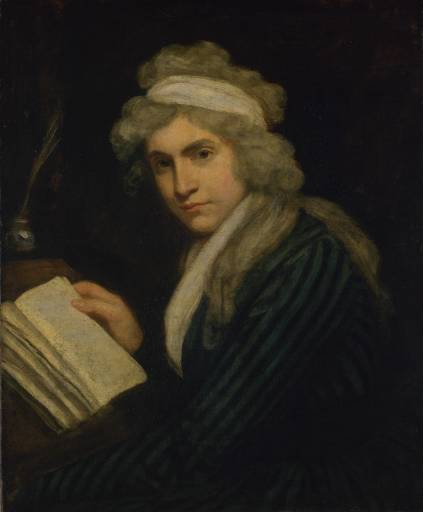John Opie (1761 – 1807)
Get a Opie Certificate of Authenticity for your painting (COA) for your Opie drawing.
For all your Opie artworks you need a Certificate of Authenticity (COA) in order to sell, to insure or to donate for a tax deduction.
Getting a Opie Certificate of Authenticity (COA) is easy. Just send us photos and dimensions and tell us what you know about the origin or history of your Opie painting or drawing.
If you want to sell your Opie painting or drawing use our selling services. We offer Opie selling help, selling advice, private treaty sales and full brokerage.
We have been authenticating Opie and issuing certificates of authenticity since 2002. We are recognized Opie experts and Opie certified appraisers. We issue COAs and appraisals for all Opie artworks.
Our Opie paintings and drawings authentications are accepted and respected worldwide.
Each COA is backed by in-depth research and analysis authentication reports.
The Opie certificates of authenticity we issue are based on solid, reliable and fully referenced art investigations, authentication research, analytical work and forensic studies.
We are available to examine your Opie painting or drawing anywhere in the world.
You will generally receive your certificates of authenticity and authentication report within two weeks. Some complicated cases with difficult to research Opie paintings or drawings take longer.
Our clients include Opie collectors, investors, tax authorities, insurance adjusters, appraisers, valuers, auctioneers, Federal agencies and many law firms.
We perform John Opie art authentication, appraisal, certificates of authenticity (COA), analysis, research, scientific tests, full art authentications. We will help you sell your John Opie or we will sell it for you.

John Opie was a Cornish historical and portrait painter, who was born in St. Agnes near Truro in Cornwall. His interest in drawing developed early, but he was also academically inclined. By the age of twelve, he had mastered Euclid and opened an evening school for arithmetic and writing. Before long, he became known locally for his portraits, and in 1780, he started for London, under the patronage of Dr Wolcot (Peter Pindar). Opie was introduced as “The Cornish Wonder”, a self-taught genius. He caused a sensation, where the carriages of the wealthy blocked the street in which the painter resided, and for a time, his portraits were very sought-after, but this level of popularity did not last long.
He then began to work on improving his technique, meriting the praise of his rival James Northcote–“Other artists paint to live; Opie lives to paint.” At the same time, he sought to supplement his early education by the study of Latin, French, and English literature, and to polish his provincial manners by mixing in cultivated and learned circles. In 1786, he exhibited his first important historical subject, the Assassination of James I, and in the following year, the Murder of Rizzio, a work whose merit was recognized by his immediate election as associate of the Royal Academy, of which he became a full member in 1788. He was employed on five subjects for John Boydell’s Shakespeare Gallery, and until his death, his practice alternated between portraiture and historical work.

Opie’s work is generally regarded as verging on crude but original and individualistic. He is also known as a writer on art by his Life of Reynolds in Wolcot’s edition of Pilkington, his Letter on the Cultivation of the Fine Arts in England, in which he advocated the formation of a national gallery, and his Lectures as professor of painting to the Royal Academy, which were published in 1809, with a memoir of the artist by Amelia Opie, his widow.
Still wondering about a British painting in your family collection? Contact us… we are the John Opie experts.
Reviews
1,217 global ratings
5 Star
4 Star
3 Star
2 Star
1 Star
Your evaluation is very important to us. Thank you.
